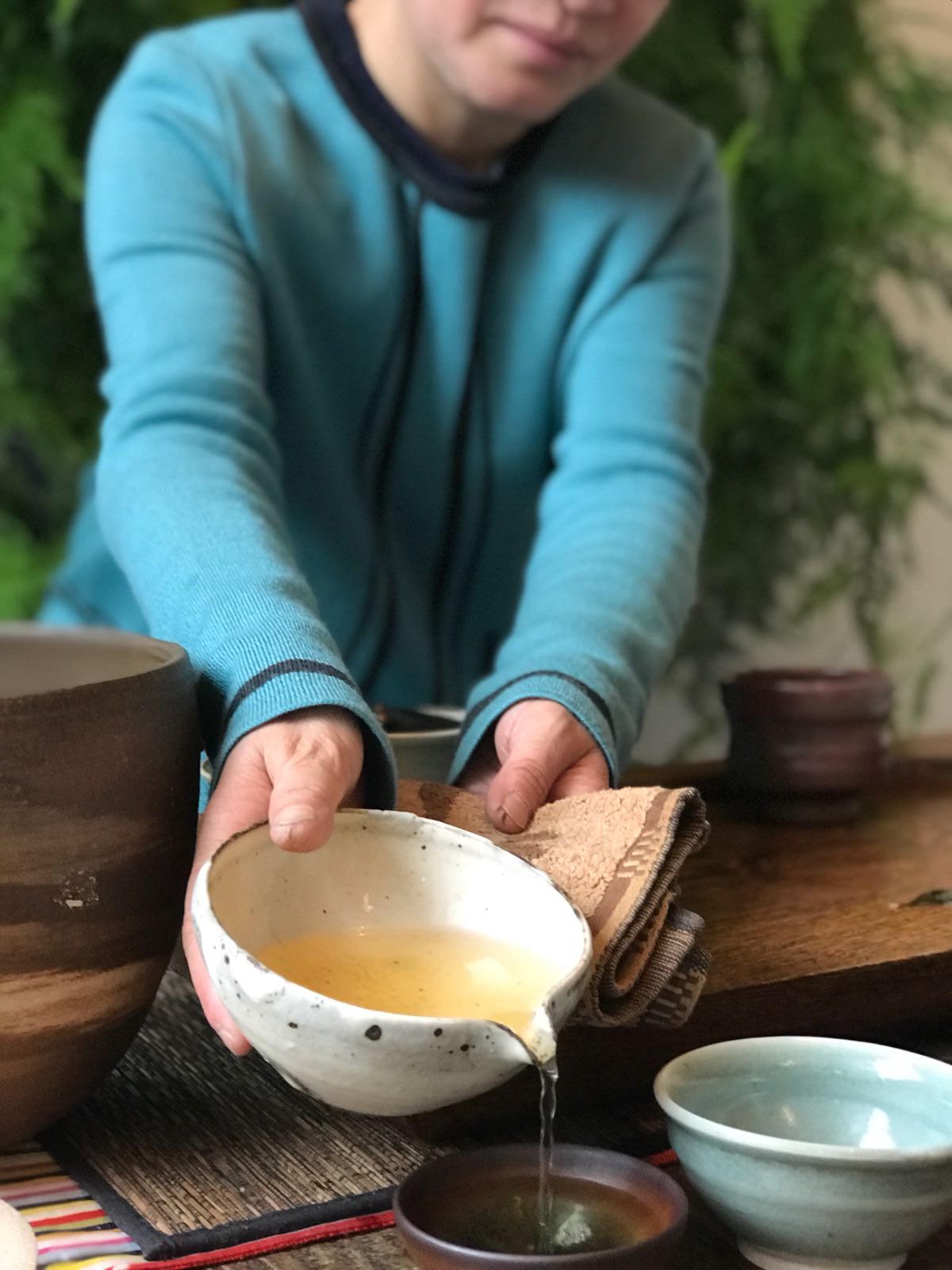
22 Sep Did you know how tea ceremonies around the world connect people?
It seems so simple. Steaming water, a mug, and some tea. But there is much more to it. Drinking tea holds deep meaning in many cultures. For centuries, there have been traditions around tea, such as the tea ceremony. These are often associated with Japan and China, but did you know tea ceremonies take place all over the world? And do you know the purpose behind these ceremonies?
What we find most beautiful about a tea ceremony is that it brings people together. You could say it is a kind of meditation that engages all your senses. You live in the moment, just you and the tea. In many cultures, tea ceremonies are a way to celebrate life. How wonderful is that!
Tea ceremonies are held across the globe, each with its own rituals and customs. Here are a few examples of tea ceremonies from around the world.
Japan
One of the oldest and most well-known tea cultures is found in Japan. The Japanese tea ceremony, also known as Cha Do or Chanoyu, is performed by a trained host and follows strict rules. The ceremony includes elements of art, music, and poetry, and is regarded as a true art form. It is a tribute to the tea, the host, and the guests, with a focus on harmony, respect, and peace.
China
In China, the tea ceremony is a traditional style of tea preparation with an emphasis on flavor and aroma. It involves a small teapot and several infusions of tea leaves, often accompanied by traditional music and decorations. The ceremony is seen as a way to promote a long and happy life filled with calm and contentment. Unlike the formal Japanese ceremony, it can sometimes have a meditative character, especially when using rare or special teas.
Morocco
In Morocco, tea is an important part of daily life and social gatherings. The Moroccan tea ceremony features green tea with mint and sugar, served in ornate glasses. It symbolizes hospitality and warmth. The tradition is widely practiced and involves pouring the mint tea using a special technique that creates a frothy top. The tea is served with care and attention, often as a welcome gesture to guests.
England
The English tea ceremony, also known as afternoon tea, is a traditional social event with sweet and savory treats and black tea served in porcelain teapots and cups. Scones with clotted cream and jam, finger sandwiches, and pastries are part of the ceremony. It also includes certain etiquette, such as drinking tea with your pinky raised. In the past, there was a distinction between afternoon tea and high tea, but that difference is mostly gone today.
Tibet
In Tibet, it is still common to greet guests with a cup of tea. However, do not expect a traditional tea flavor. Tibetan tea tastes of butter and salt and has a strong, rich taste. The tea is made from compressed green tea bricks that are boiled for an hour. Then Himalayan salt and a lump of yak butter (of the Tibetan yak) are added. The mixture is stirred until the butter is fully absorbed. It is then poured into a teapot and kept warm in a special oven.
Curious to experience a tea ceremony yourself? You can at Eat2Gather. Book a Chinese tea ceremony as part of a Culinary World Tour through Amsterdam or Rotterdam and discover how special it truly is.